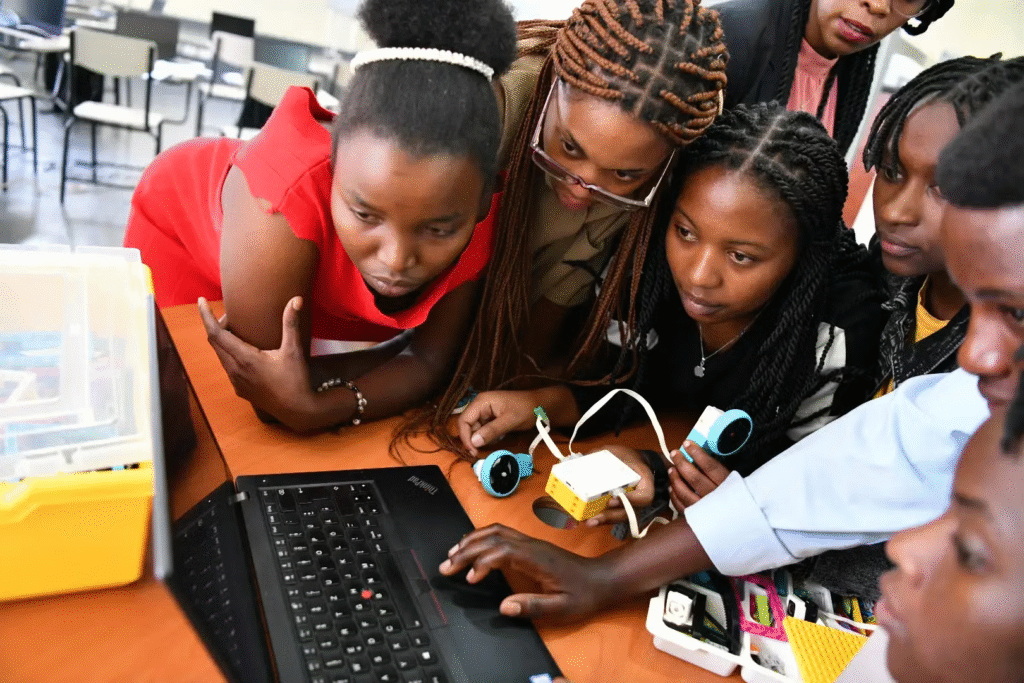
UN Women, in collaboration with the African Union Commission (AUC), the International Telecommunication Union (ITU), and the Government of Uganda, has launched a fully equipped ICT hub at Kyebambe Girls’ Secondary School in Fort Portal, marking a major step toward empowering girls in the Rwenzori sub-region to embrace careers in technology.
The new facility, fitted with 60 computers, is designed as a training, innovation and mentorship centre under the African Girls Can Code Initiative (AGCCI). The hub aims to close the gender digital divide by providing girls and young women with practical digital skills, including computer literacy, coding and leadership in technology.
Speaking at the commissioning, UN Women representatives emphasized that the Rwenzori hub will not only serve as a classroom for digital learning but also as a platform for innovation and confidence-building, preparing girls to excel in the increasingly digital global economy.
This launch follows a similar initiative at Wanyange Girls’ Secondary School in Jinja, making the Fort Portal hub the second AGCCI centre in Uganda. Both hubs reflect a growing national effort to extend digital opportunities beyond major urban areas and root them within institutions already serving young women.
Education leaders in Fort Portal hailed the project as timely, noting that it directly addresses barriers that have historically limited girls’ access to STEM education and ICT infrastructure. Locating the hub within a girls’ school also ensures sustained participation and mentorship through structured training cycles.
The initiative aligns with Uganda’s broader digital transformation and gender equality goals, including Sustainable Development Goals 4 and 5 on quality education and gender equality. Project partners hope to see cohorts of girls advance from classroom learning to tangible pathways in ICT, whether through further study, innovation projects, or tech entrepreneurship.
As implementation begins, focus will now turn to ensuring consistent connectivity, updated curricula and continued mentorship, key elements for keeping the hub vibrant and impactful long after the ribbon cutting.